Home>Ideas and Tips>Backyard Garden Shed Design: Tool Storage and Potting Area
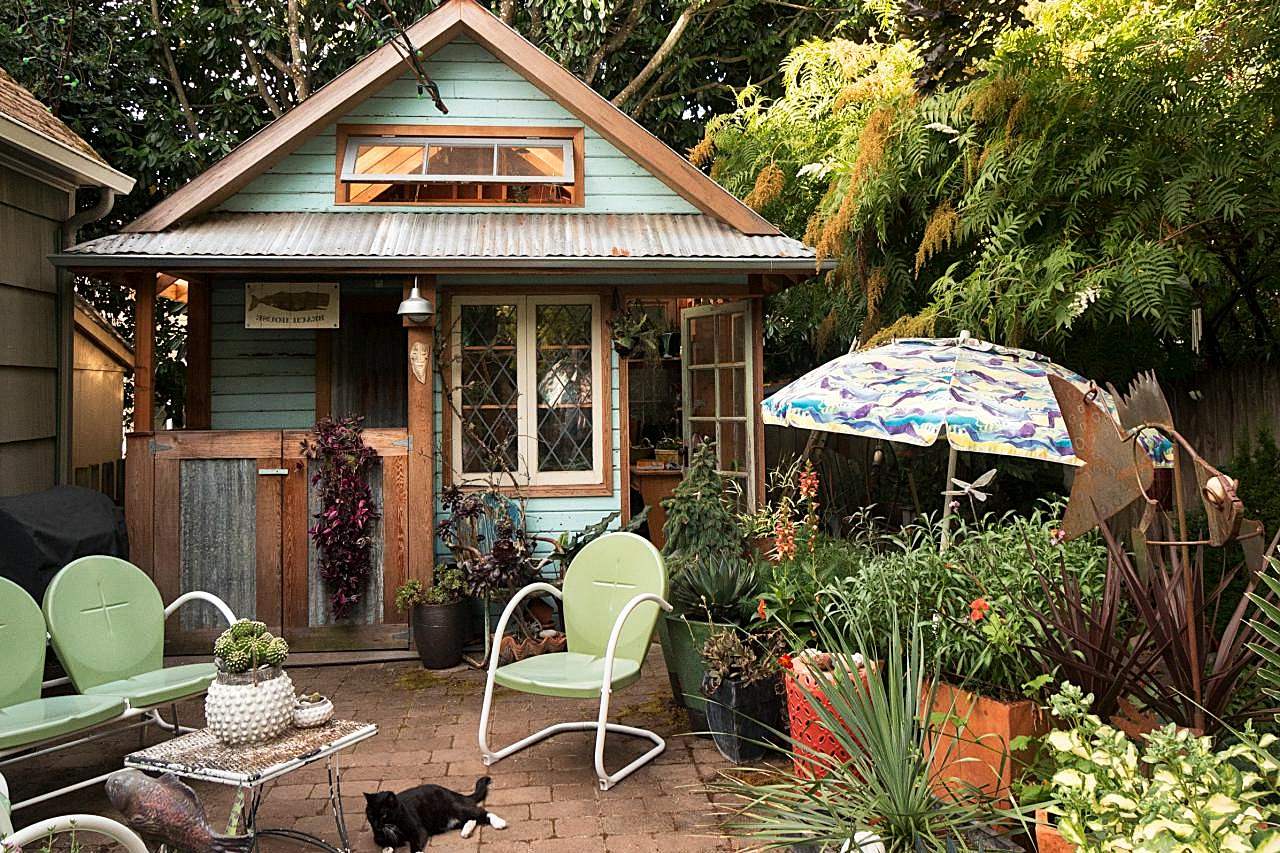

Ideas and Tips
Backyard Garden Shed Design: Tool Storage and Potting Area
Modified: October 31, 2024
Design a backyard garden shed for tool storage and potting. Learn tips on size, location, materials, and building steps for a functional and beautiful shed.
(Many of the links in this article redirect to a specific reviewed product. Your purchase of these products through affiliate links helps to generate commission for Storables.com, at no extra cost. Learn more)
Creating a backyard garden shed is an excellent way to enhance your outdoor space while providing a dedicated area for tool storage and potting. These structures can be both functional and aesthetically pleasing, transforming your yard into a more organized and beautiful environment. In this article, we will guide you through the process of designing a garden shed that meets your specific needs, focusing on tool storage and a potting area.
Determine the Purpose and Size of Your Shed
Before you begin designing your garden shed, it is crucial to determine its purpose and size. This will help you decide on the layout, materials, and features that are essential for your needs.
Purpose of the Shed
A garden shed can serve multiple purposes:
- Tool Storage: For storing outdoor tools, gardening equipment, and other items that you need for yard maintenance.
- Potting Area: For creating a workspace where you can pot plants, prepare soil, and handle other gardening activities.
- DIY Projects: For working on various DIY projects related to gardening or home improvement.
Size of the Shed
The size of your garden shed will depend on the space available in your backyard and the items you plan to store. Here are some general guidelines:
- Minimum Depth: A shed should be at least 3 feet deep to accommodate shelves and storage space.
- Shelf Depth: Shelves should be at least 13 inches deep to maximize storage.
- Work Area: If you plan to use the shed for potting or other activities, consider a work area that is about 3 feet long and 2 feet deep. Additionally, ensure there is enough space to move around comfortably, typically around 3-1/2 feet of depth.
Choose the Right Location
The location of your garden shed is critical as it affects both functionality and aesthetics. Here are some tips to consider:
Site the Shed Thoughtfully
When placing your garden shed, consider the following factors:
- Sunlight: Position the shed to maximize sunlight, especially if it will be used for potting or other activities that require natural light.
- Shadows: Avoid placing the shed in areas where it will create significant shadows, which can impact the overall appearance of your garden.
- Garden Style: Ensure that the shed complements the style of your garden. If your garden has a formal layout, the shed should be a focal point. For more informal gardens, the shed can be placed along a meandering path or revealed slowly through layered plantings.
Select the Right Materials
The materials you choose for your garden shed will significantly impact its durability, maintenance requirements, and overall appearance. Here are some common materials used for garden sheds:
Wood
Wood is the most popular choice for garden sheds due to its natural look and versatility. It can be painted or stained to match the style of your house or garden. However, wood requires regular maintenance to prevent rot and insect damage.
Metal
Metal sheds are durable and low maintenance but can be more expensive than wood sheds. They come in various styles and are often coated with a protective layer to prevent rust.
Plastic
Plastic sheds are the least expensive option and are also low maintenance. However, they may not be as durable or attractive as wood or metal sheds.
Design Your Shed
Once you have determined the purpose and size of your shed, it's time to start designing it. Here are some steps to follow:
Determine the Style
There are various styles of garden sheds available:
- Traditional: Features a peaked roof and vertical siding.
- Contemporary/Modern: May have a flat roof and horizontal siding.
Consider the Roof Style
The roof style is another important aspect of your garden shed design:
- Peaked Gable Roof: A classic choice that provides ample space for storage.
- Slanted Lean-To Roof: A simpler option that is easier to build but may not offer as much storage space.
Add Windows and Doors
While windows are not always necessary, they can provide natural light and prevent a fortress-like feel. Doors should be double doors to expose more of the interior and improve access.
Use Free Garden Shed Plan Software
Designing a garden shed can be a complex task, especially if you are not familiar with architectural software. Fortunately, there are many free garden shed plan software options available that can help you create a detailed plan:
Archiplain
Archiplain offers a versatile platform for crafting diverse house plans, including garden sheds. You can use it to visualize and create plans for different types of homes and constructions. The software includes various tools and templates that allow you to design and plan your shed, including windows, doors, and shelving.
SketchUp
SketchUp is another popular software option for designing garden sheds. It is easy to use and provides a wide range of tools and templates that can help you create a professional-looking plan without the need for expensive architectural services.
Sweet Home 3D
Sweet Home 3D is another free software option that allows you to design your own shed plan using various tools and templates. It is user-friendly and can help you create a detailed blueprint of your shed, including the placement of windows, doors, and shelving.
RoomSketcher
RoomSketcher is a web-based software that allows you to create floor plans and home designs, including garden sheds. It offers a variety of tools and templates that make it easy to design and plan your shed.
Build Your Shed
Once you have designed your garden shed using free software, it's time to start building it. Here are some steps to follow:
Prepare the Site
Before you begin building your shed, ensure that the site is prepared:
- Clear the Area: Clear the area where you plan to build your shed, removing any debris or obstructions.
- Mark Out the Site: Mark out the site using stakes and string to define the boundaries of your shed.
Build the Frame
The frame of your shed is the foundation upon which everything else is built:
- Use Lumber: Use lumber that is suitable for outdoor construction, such as pressure-treated wood or metal framing.
- Assemble the Frame: Assemble the frame using screws or nails, ensuring that it is square and level.
Add Roofing
The roofing of your shed is critical as it provides protection from the elements:
- Choose Roofing Material: Choose roofing material that is suitable for outdoor use, such as asphalt shingles or metal roofing.
- Install Roofing: Install roofing material according to the manufacturer's instructions, ensuring that it is securely fastened to the frame.
Add Siding
The siding of your shed provides an additional layer of protection and can enhance its appearance:
- Choose Siding Material: Choose siding material that complements the style of your house or garden, such as wood or metal siding.
- Install Siding: Install siding material according to the manufacturer's instructions, ensuring that it is securely fastened to the frame.
Add Doors and Windows
Add doors and windows to your shed to provide access and natural light:
- Install Doors: Install doors that are suitable for outdoor use, such as metal or wood doors.
- Install Windows: Install windows that provide natural light and ventilation, such as double-hung windows or skylights.
Add Shelving and Storage
Add shelving and storage solutions to your shed to maximize storage space:
- Install Shelves: Install shelves that are suitable for storing tools and equipment, such as wooden shelves or metal shelving units.
- Add Hooks: Add hooks that can be used to hang tools and equipment, such as wall-mounted hooks or pegboards.
Add a Potting Area
If you plan to use your garden shed for potting or other gardening activities, you will need to add a potting area:
- Create a Workspace: Create a workspace that is about 3 feet long and 2 feet deep, providing enough space to move around comfortably.
- Add a Counter: Add a counter that is about 3 feet long and 2 feet deep, providing a surface for preparing soil and handling plants.
- Install Lighting: Install lighting that provides sufficient illumination for your workspace, such as overhead lighting or task lighting.
Conclusion
Creating a backyard garden shed that includes tool storage and a potting area is a rewarding project that can enhance both the functionality and beauty of your outdoor space. By following these steps and using free garden shed plan software, you can design and build a shed that meets your specific needs. Remember to choose the right materials, consider the style and placement of your shed, and add all necessary features to create a functional and aesthetically pleasing garden shed.
Was this page helpful?
At Storables.com, we guarantee accurate and reliable information. Our content, validated by Expert Board Contributors, is crafted following stringent Editorial Policies. We're committed to providing you with well-researched, expert-backed insights for all your informational needs.
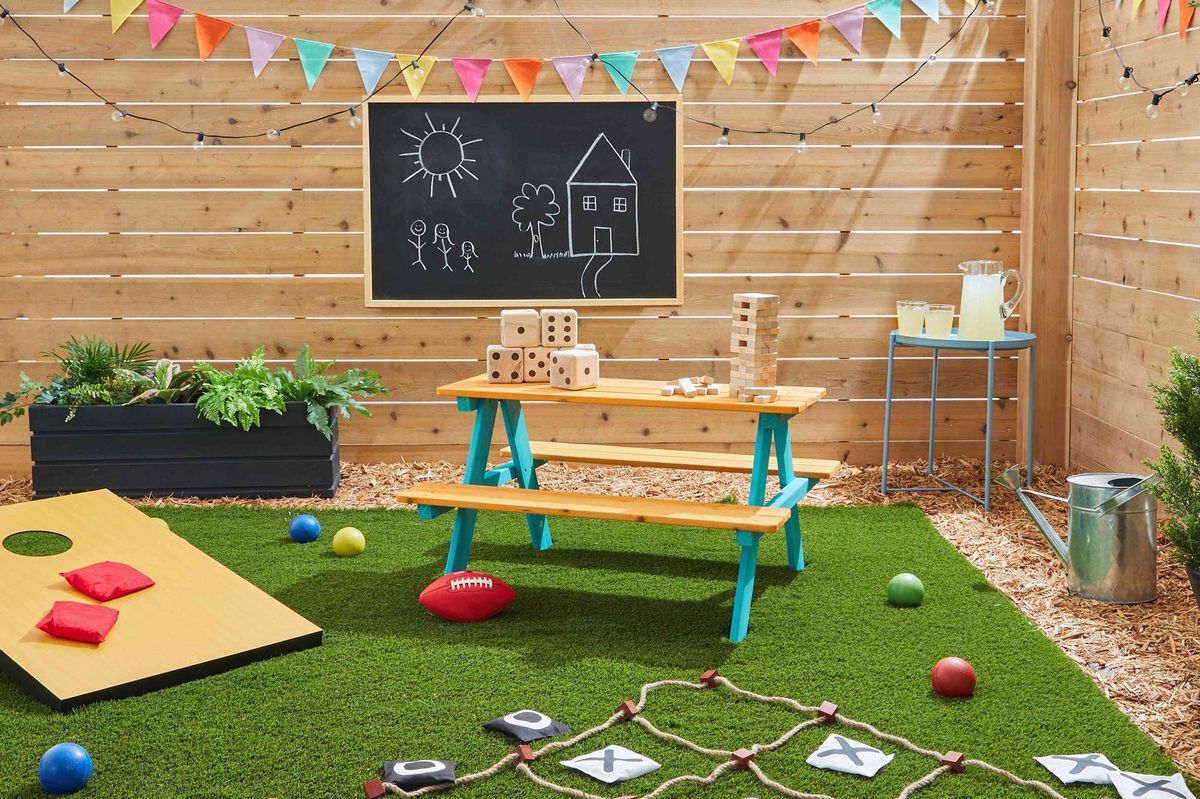
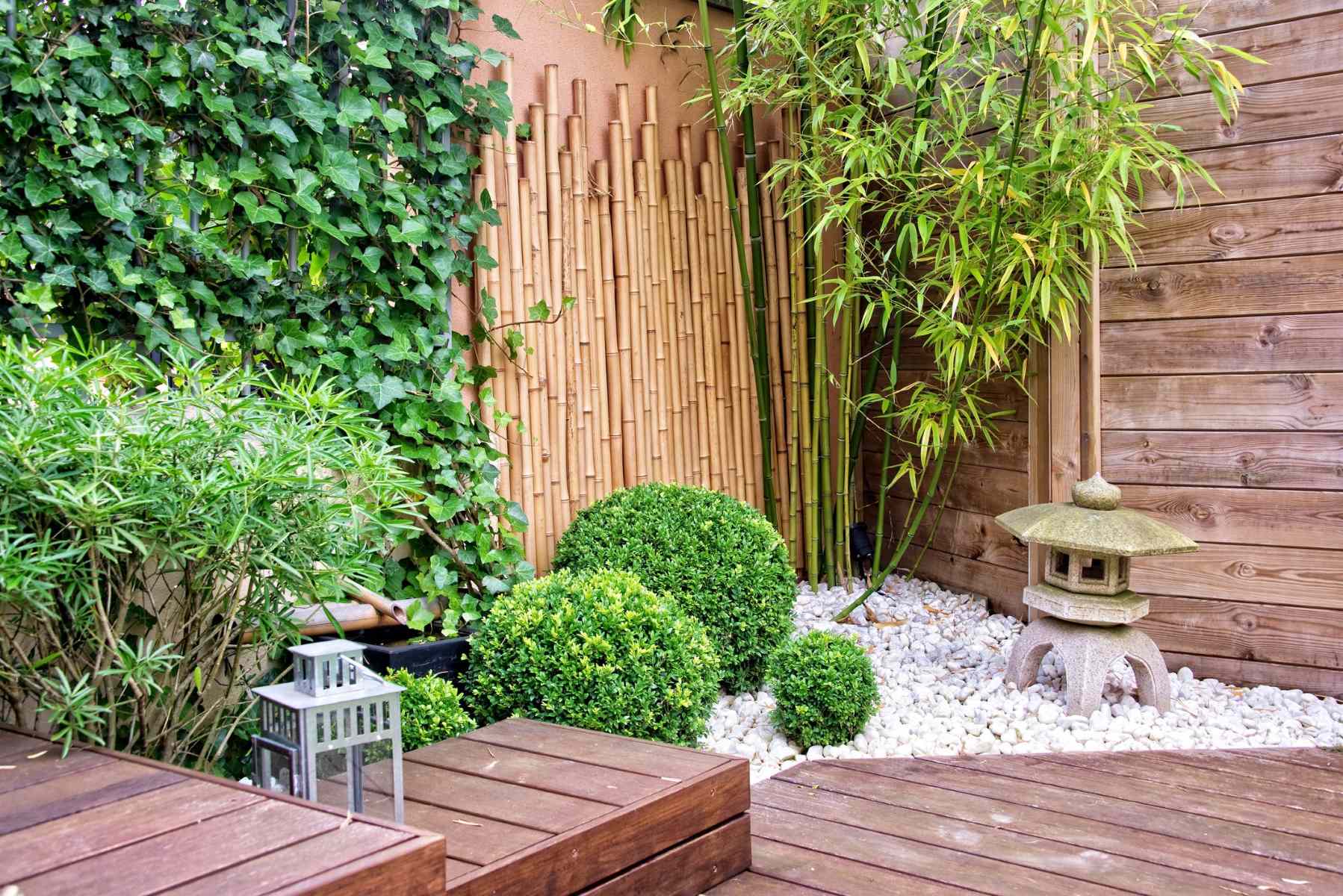
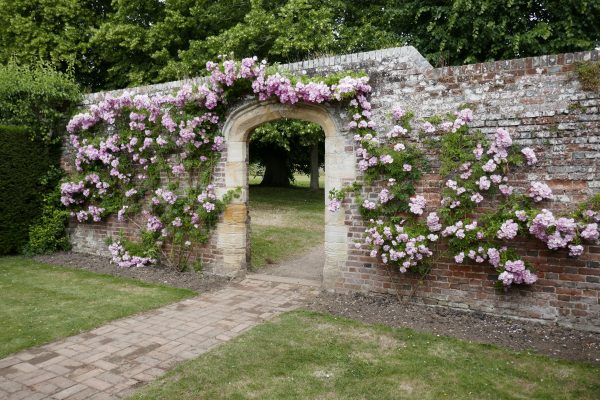

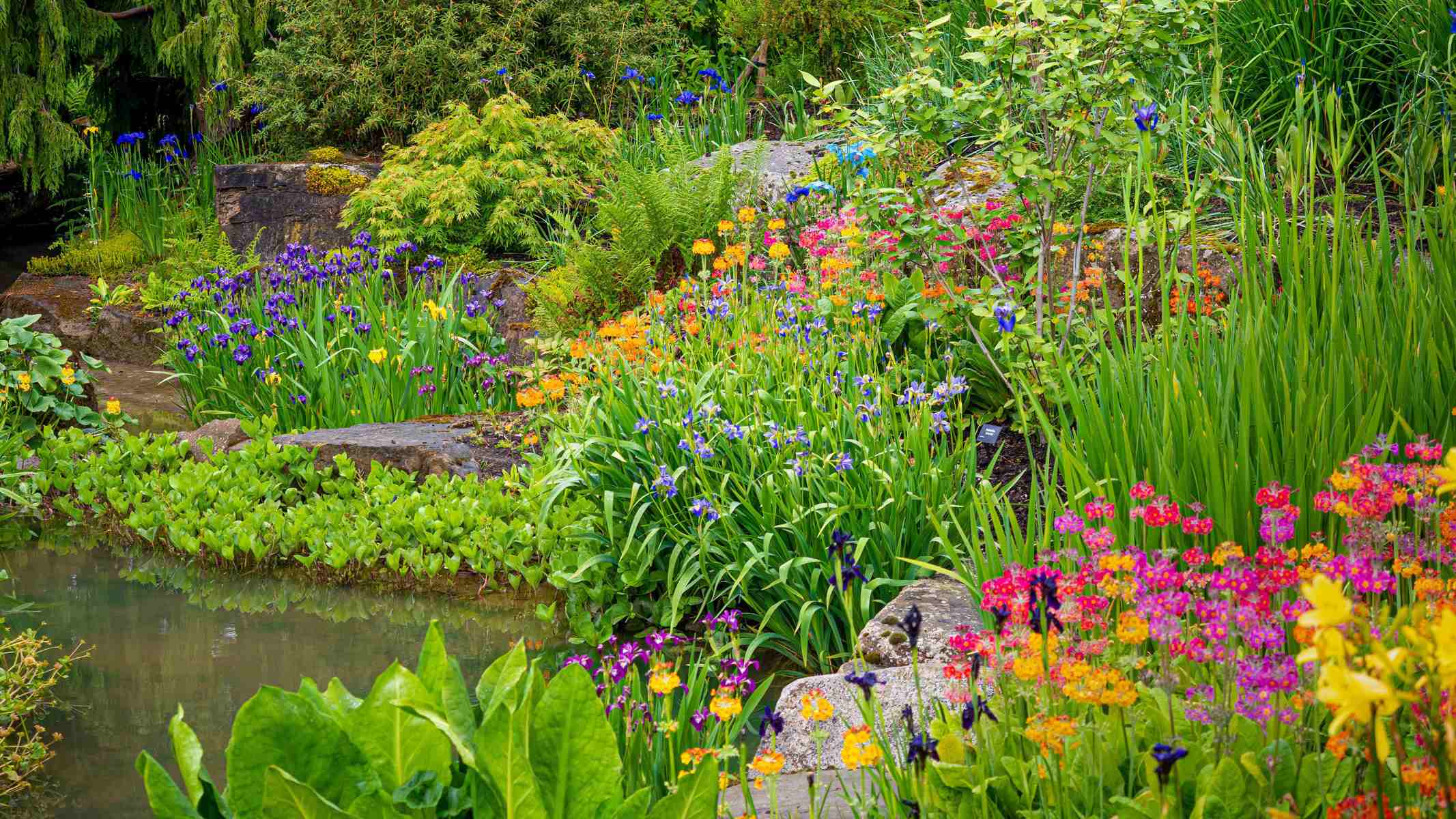
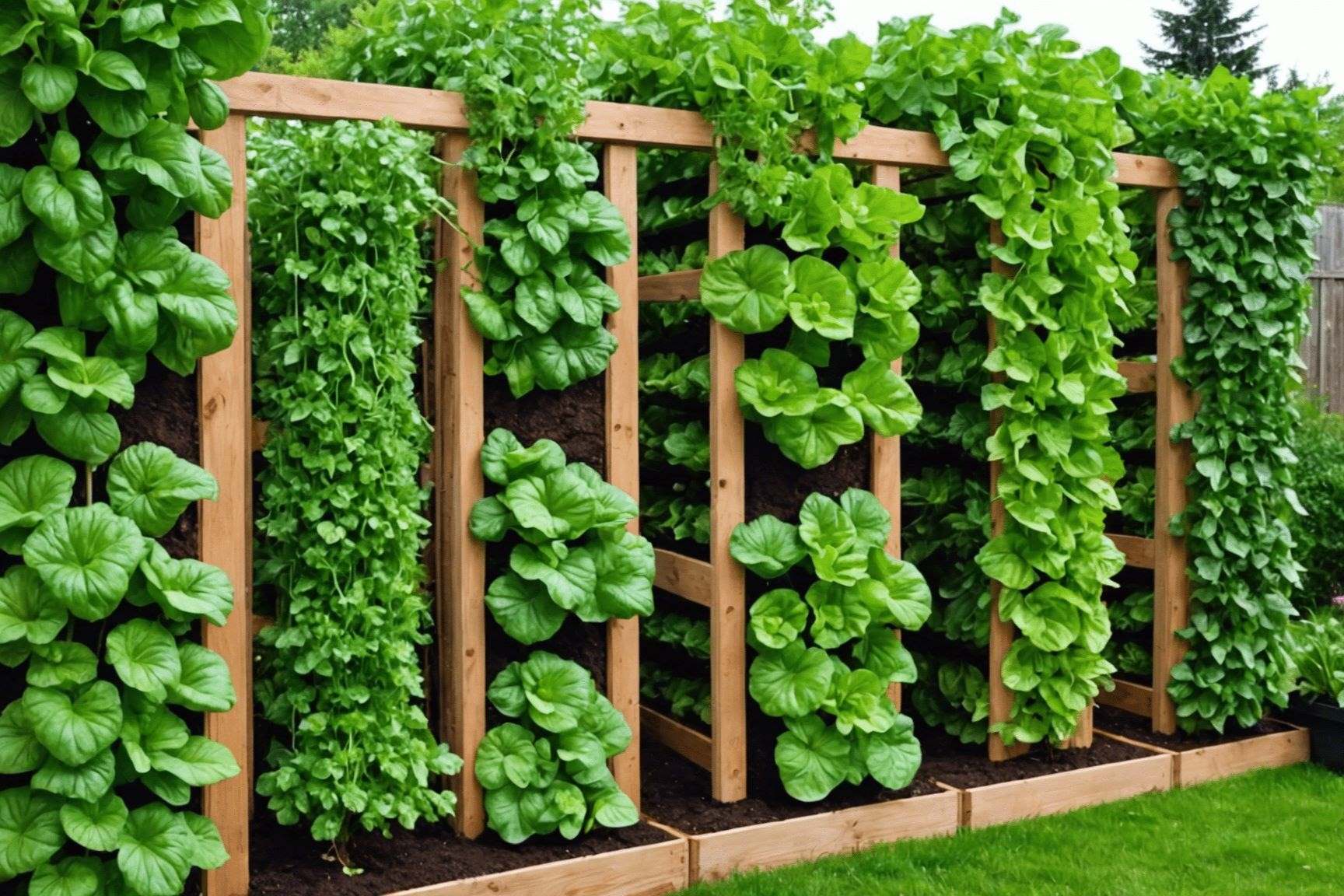

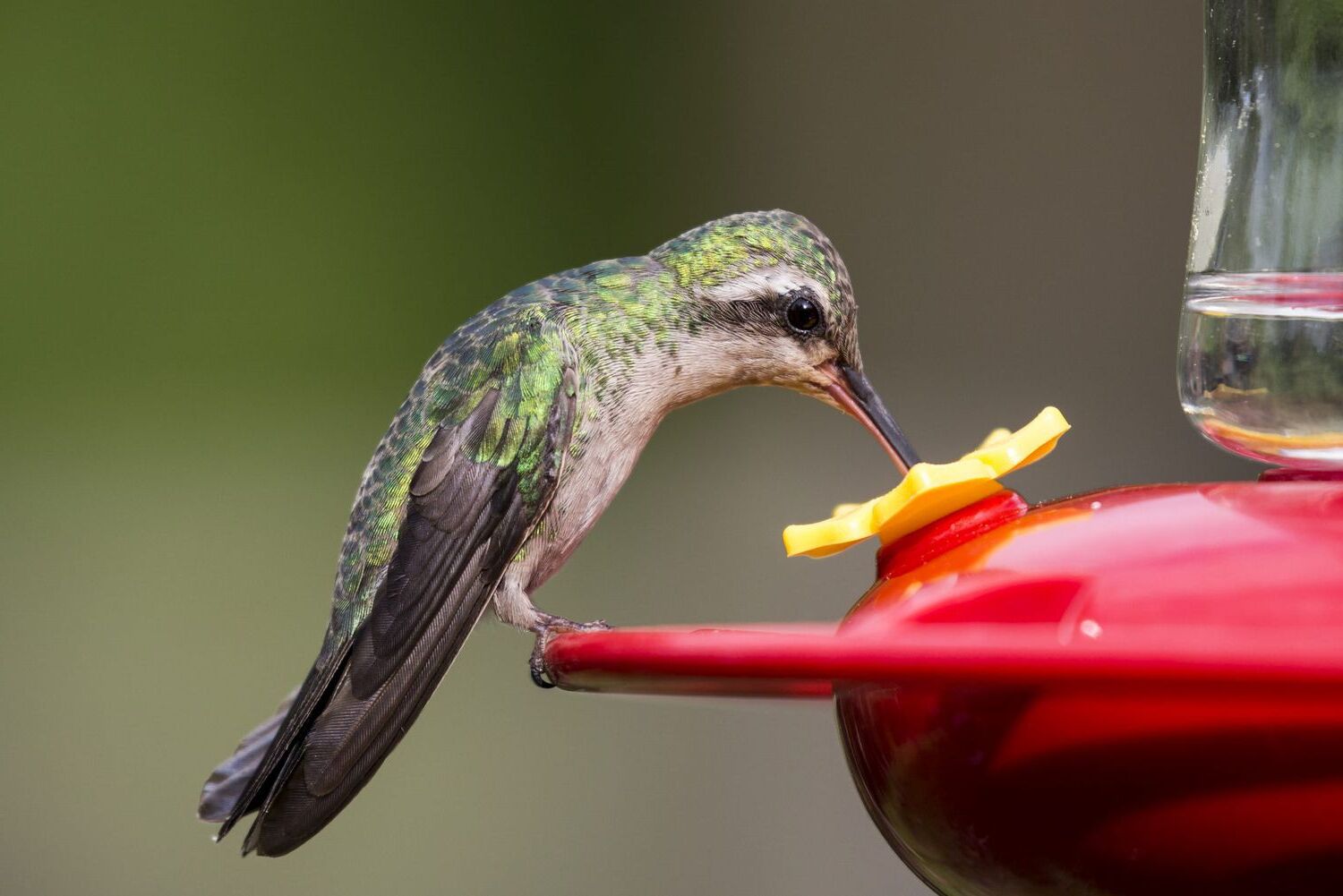
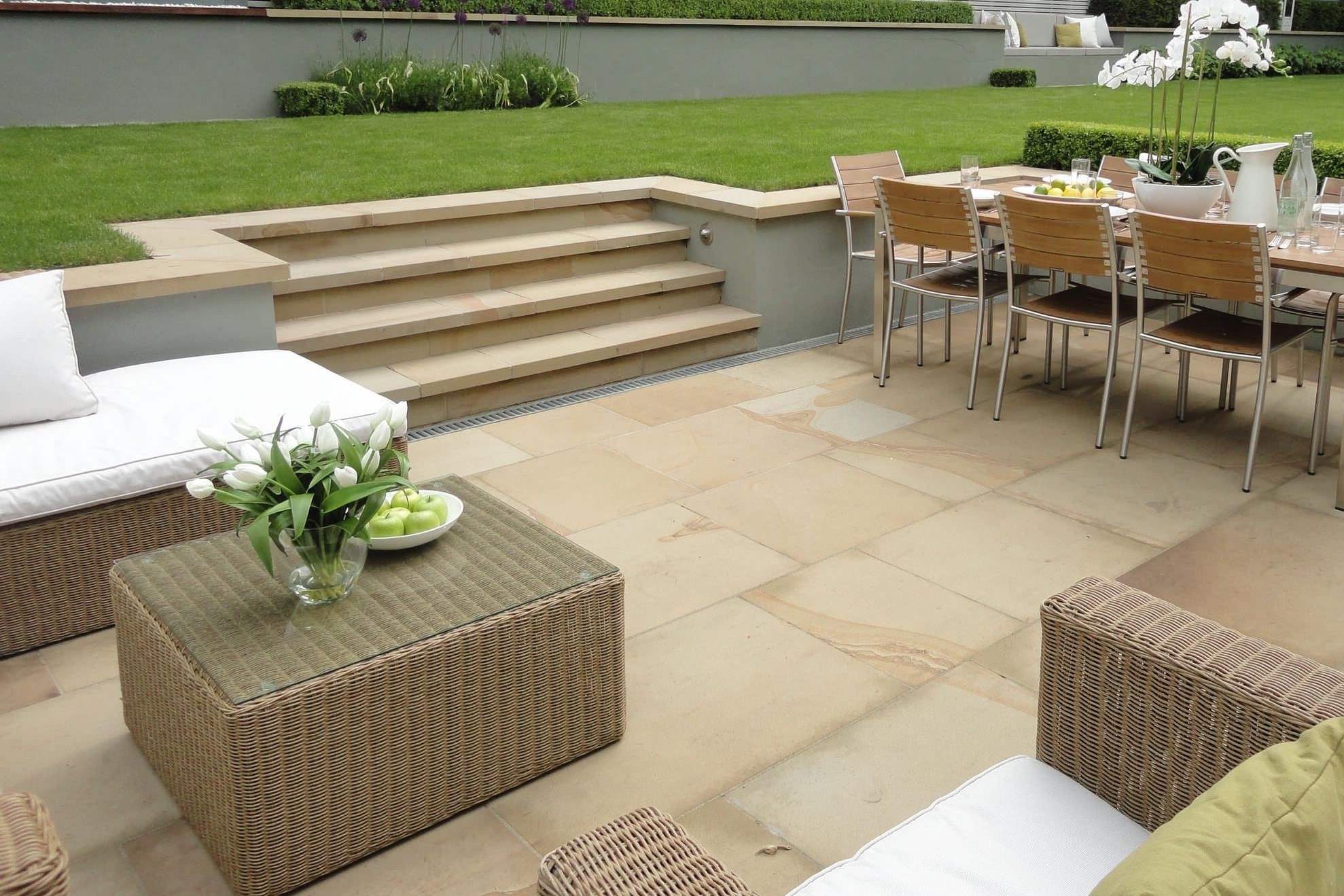
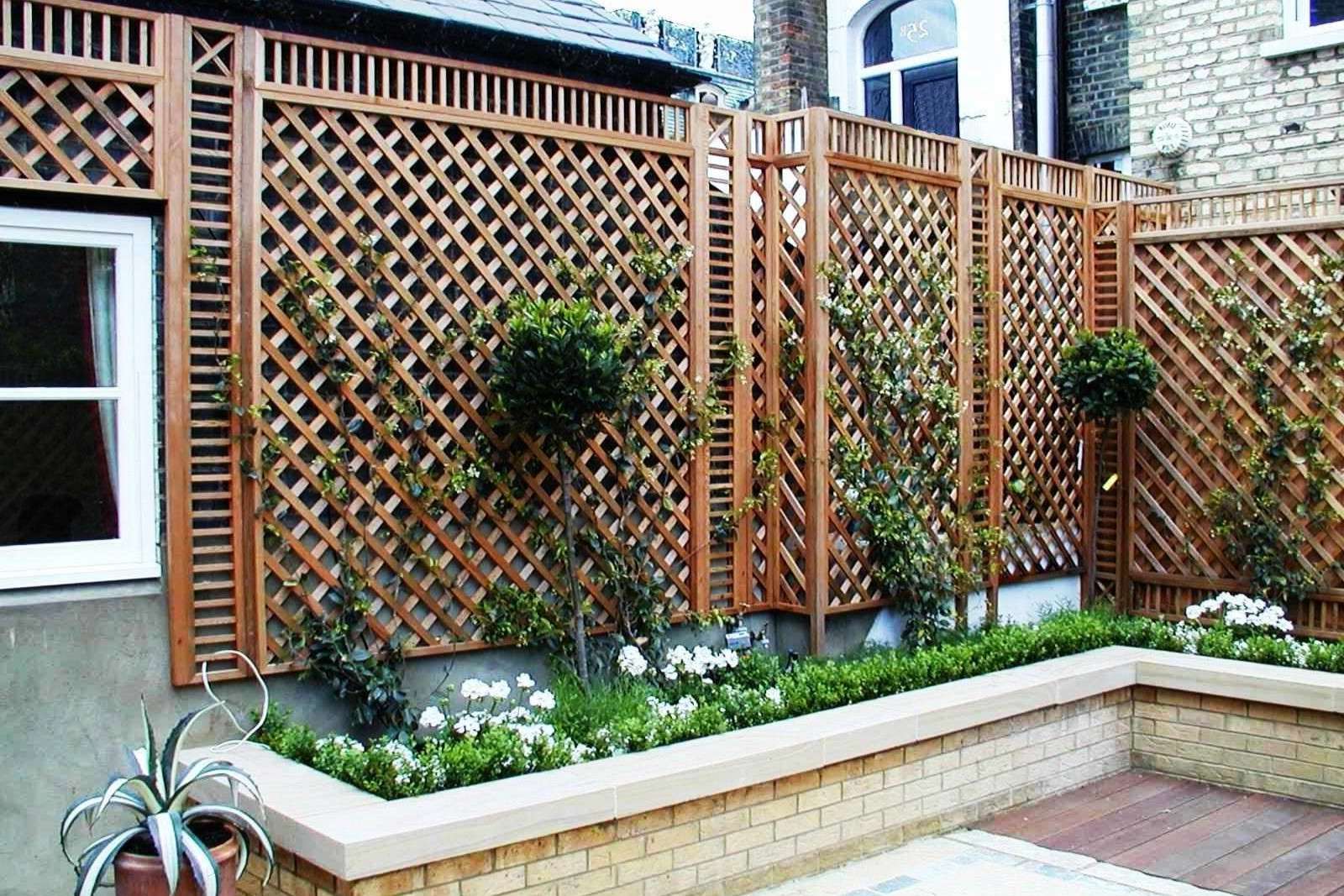
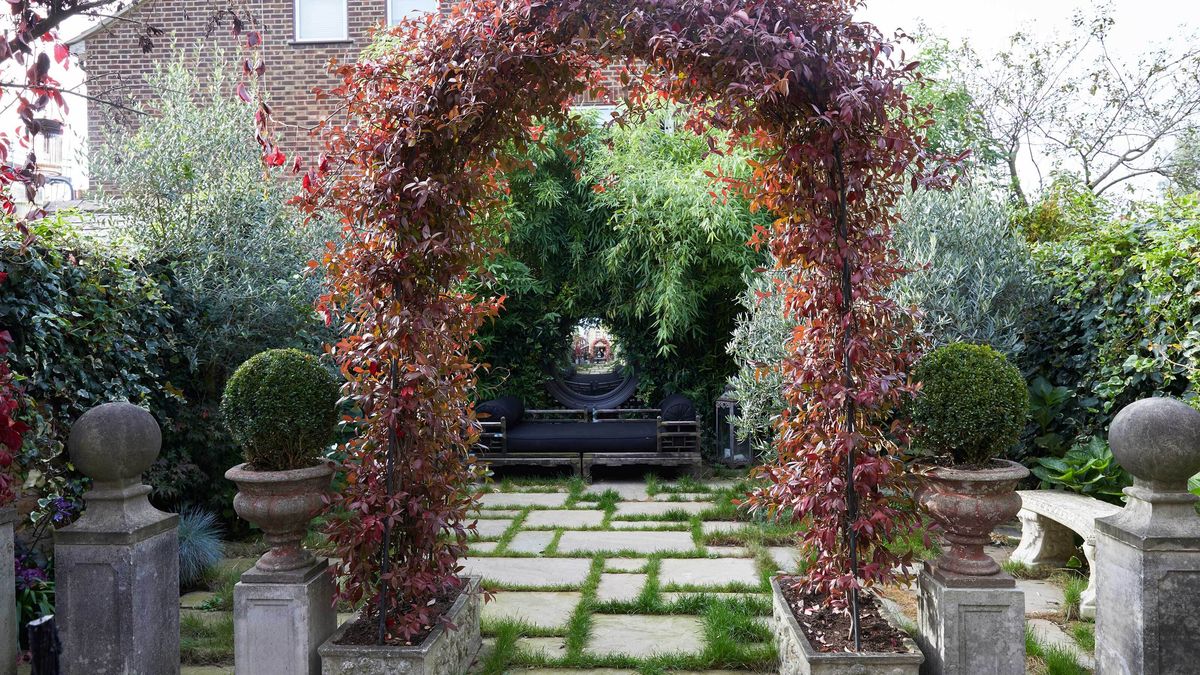
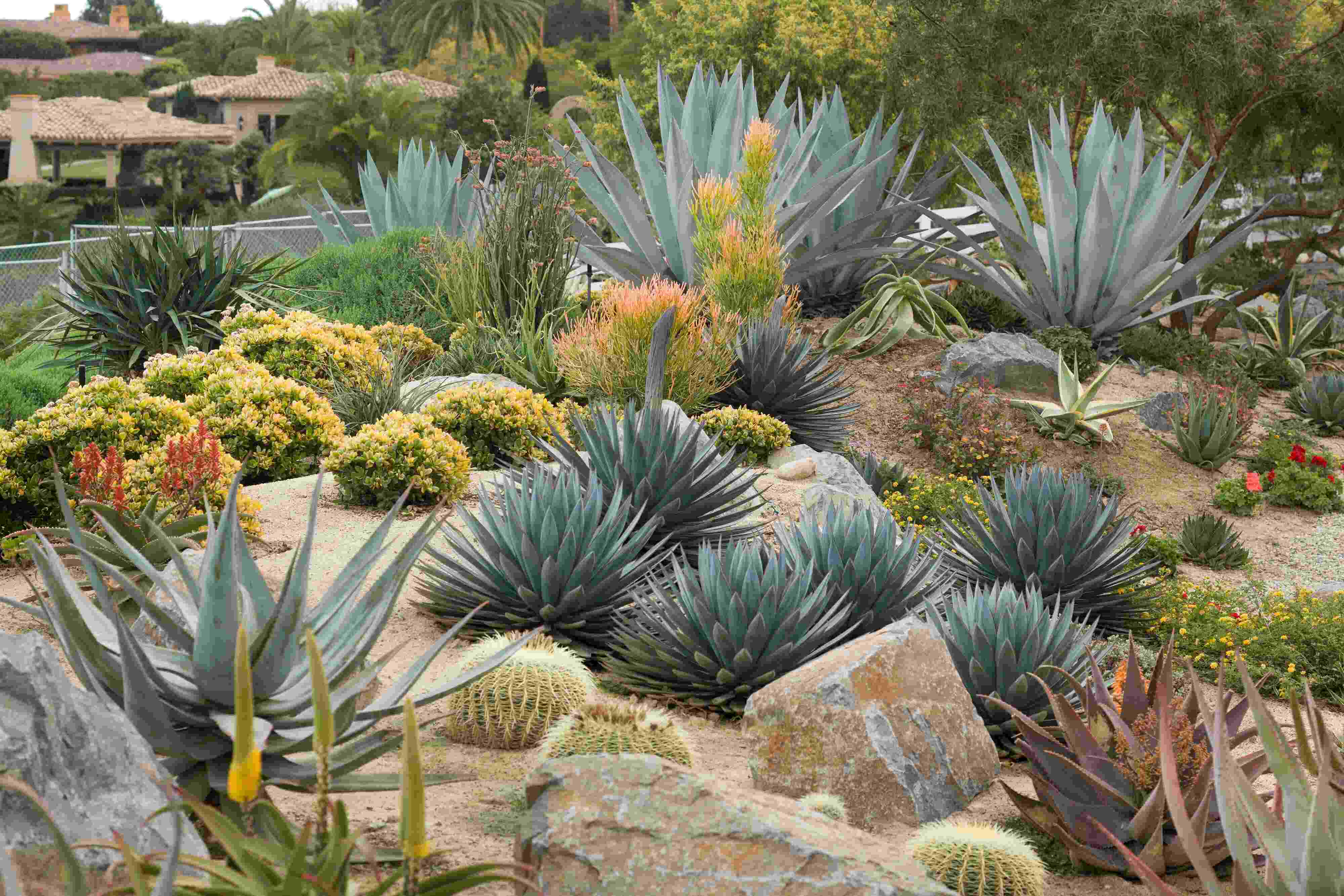
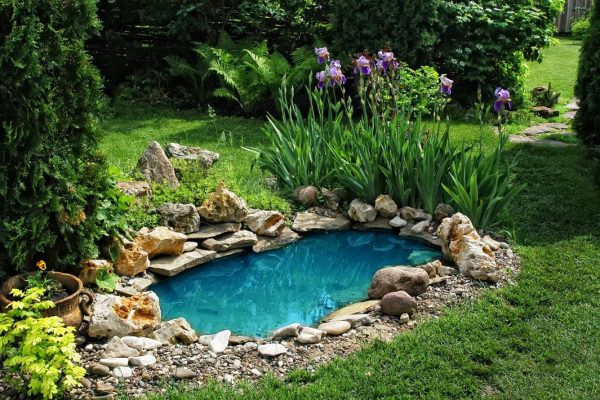
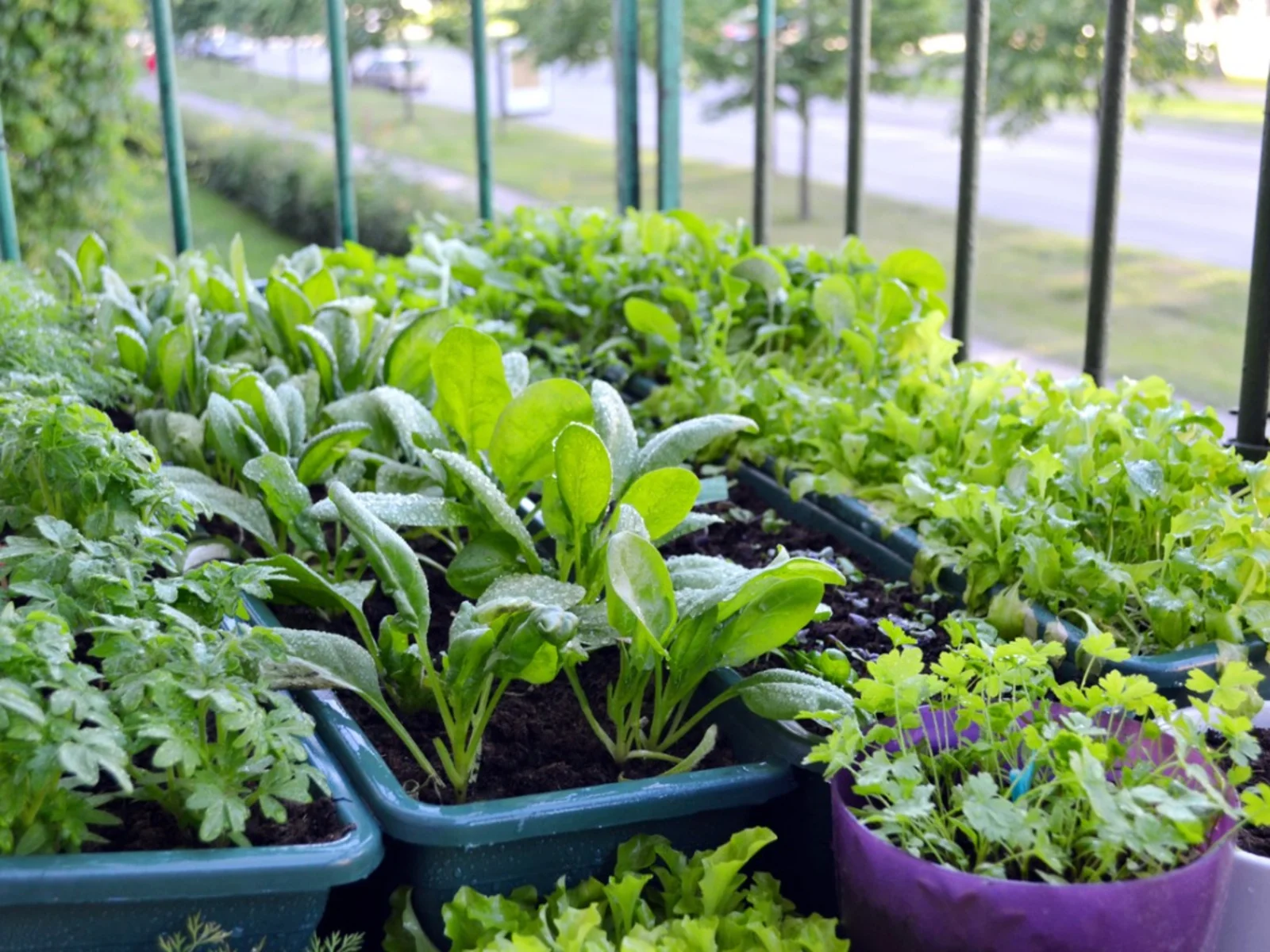

0 thoughts on “Backyard Garden Shed Design: Tool Storage and Potting Area”